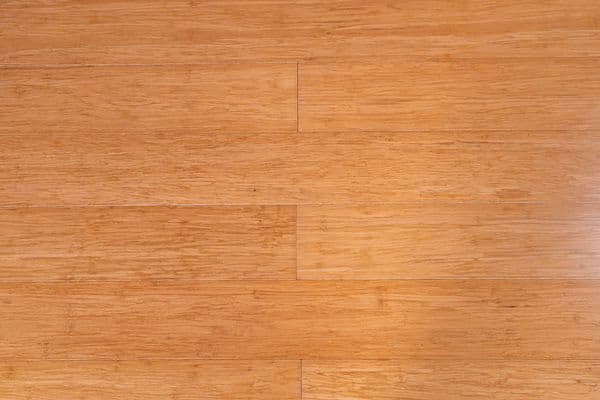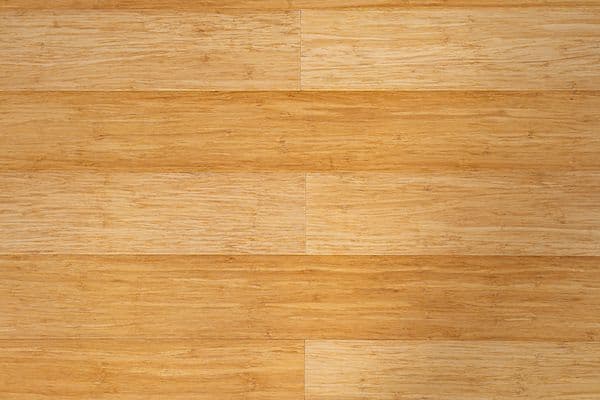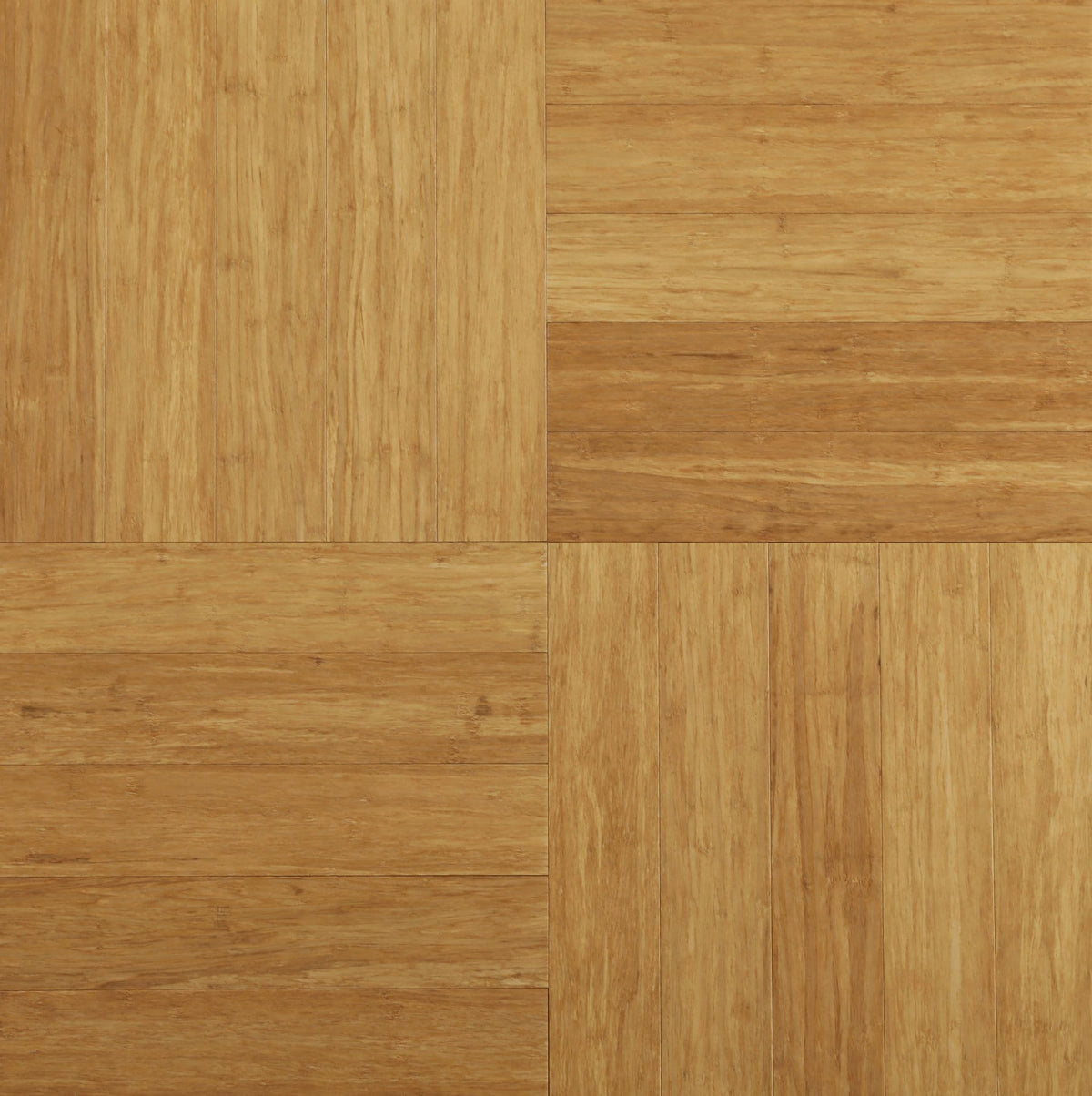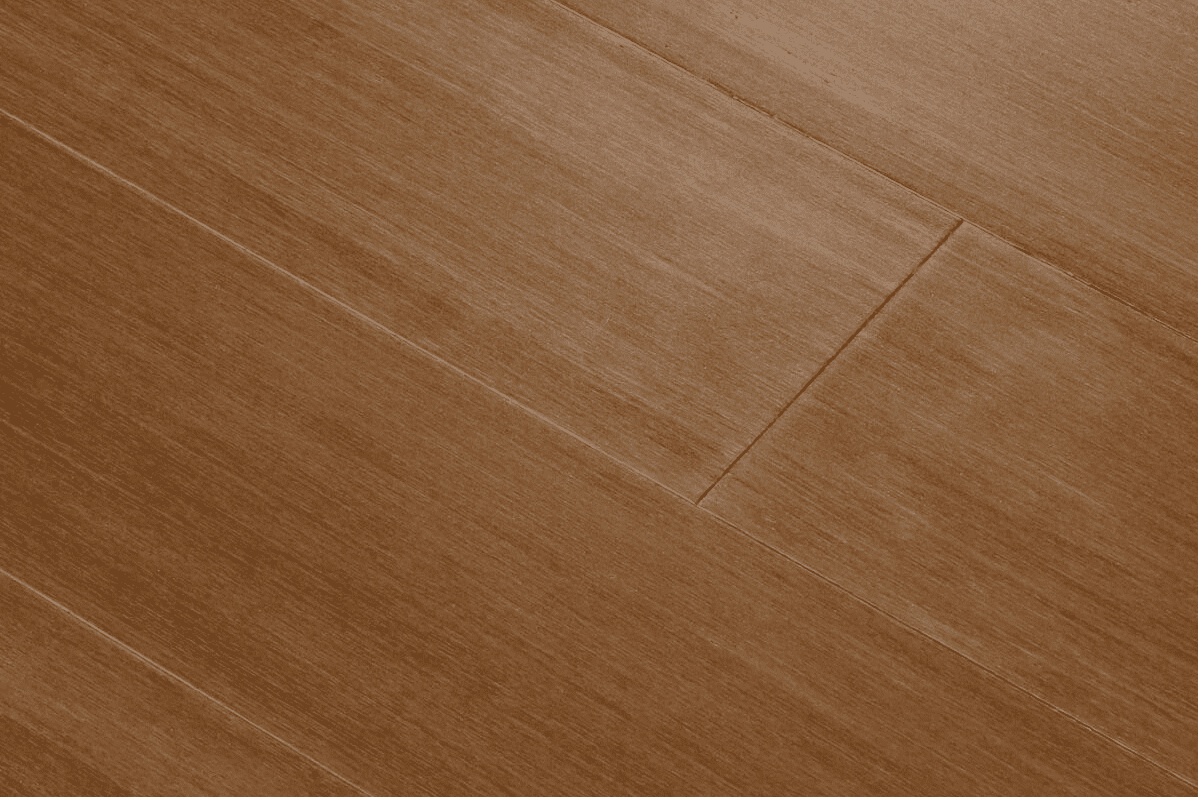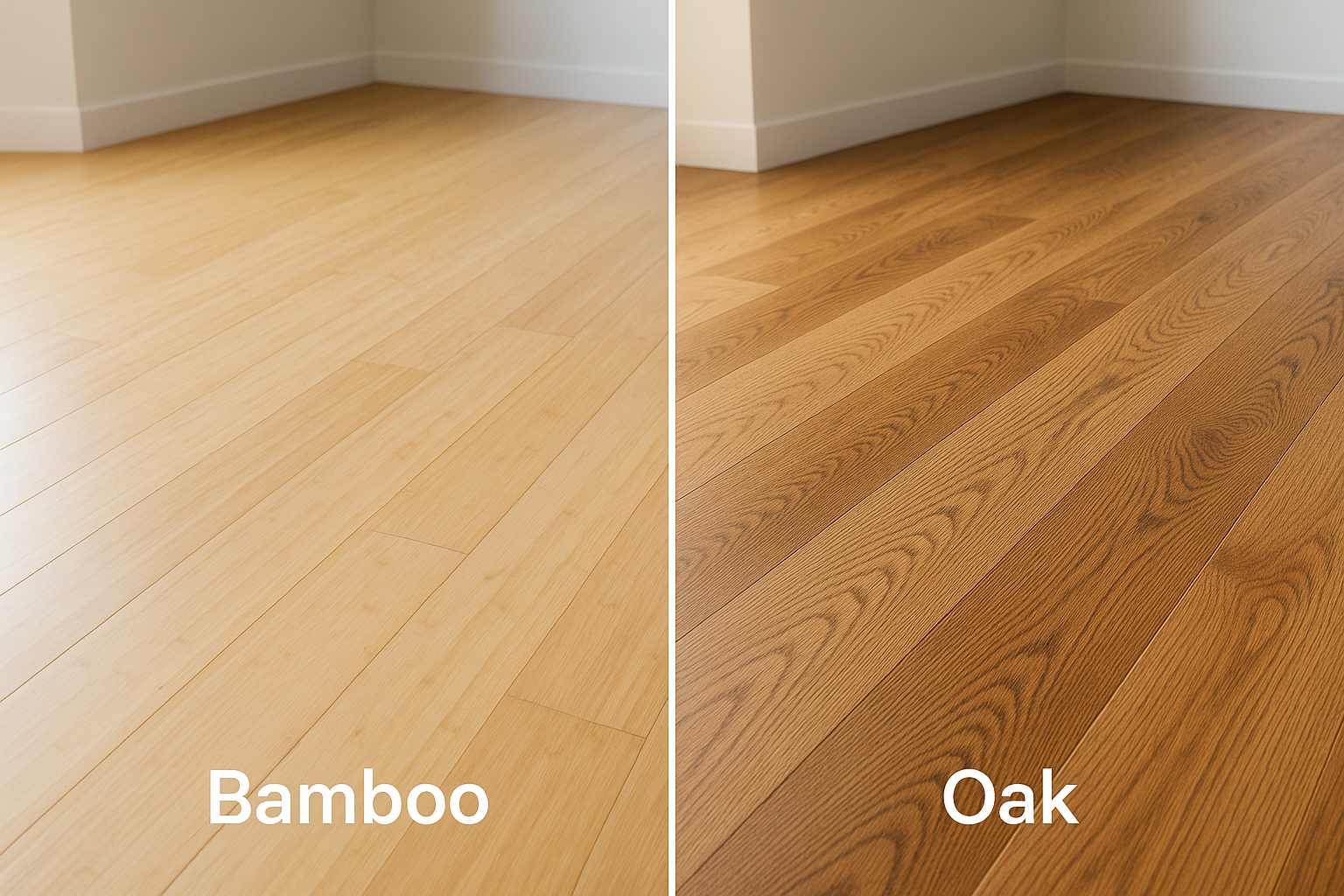When it comes to choosing the right flooring for your home or business, the decision often comes down to a balance between aesthetics, durability, sustainability, and cost. Two of the most popular choices in the UK are bamboo flooring and oak flooring. Both offer timeless appeal and long-lasting performance, yet they differ significantly in origin, composition, and environmental impact. This article compares bamboo flooring with oak flooring, helping you decide which option best suits your lifestyle and property.
Origins and Materials
Oak Flooring
Oak has been a classic flooring choice for centuries, prized for its strength, grain patterns, and versatility. In the UK, European oak is common, but American white oak and red oak are also widely available. As a hardwood, oak takes decades—often over 80 years—to mature before being harvested for flooring. This long growth period adds to its prestige but raises concerns about sustainability.
Bamboo Flooring
Unlike oak, bamboo is not technically a hardwood but a fast-growing grass. It reaches maturity within five years, making it a far more renewable resource. Strand-woven bamboo, which is the most durable type, is manufactured by compressing shredded bamboo fibres with resin under high pressure. The result is a dense, hard flooring material that rivals and often surpasses hardwoods in strength.
Appearance and Style
Oak Flooring
Oak’s beauty lies in its natural grain variations, knots, and warm tones that range from pale honey to deep amber. It can be stained, oiled, or lacquered to match different interior styles, from rustic cottages to modern minimalist spaces. Over time, oak develops a patina that enhances its charm and character.
Bamboo Flooring
Bamboo offers a sleek, modern look with a fine, uniform texture. Traditional bamboo flooring has a linear, striped appearance, while strand-woven bamboo can mimic the irregular grain of hardwoods. It is available in natural light tones, caramelised hues, or darker stained finishes. While oak flooring tends to be more traditional, bamboo is often favoured in contemporary or eco-conscious homes.
Durability and Performance
Oak Flooring
Oak is a strong and durable timber, capable of lasting 50–100 years if properly maintained. However, it is prone to scratches and dents from heavy furniture or pet claws. Solid oak can be sanded and refinished multiple times, which extends its life considerably.
Bamboo Flooring
Strand-woven bamboo is exceptionally hard—harder than oak on the Janka hardness scale, which measures resistance to indentation. This makes it particularly resistant to scratches, dents, and wear. Like oak, bamboo can also be sanded and refinished, though the number of times depends on the thickness of the wear layer.
Environmental Impact
Oak Flooring
Oak, while natural and beautiful, is a slow-growing tree. Unless sourced from sustainably managed forests (FSC-certified), oak harvesting can contribute to deforestation and loss of biodiversity. Transporting oak from abroad also increases its carbon footprint.
Bamboo Flooring
Bamboo is considered one of the most sustainable flooring options available today. Its rapid growth means it can be harvested without damaging the root system, allowing continuous regrowth. However, it is often imported from Asia, so transportation still carries an environmental cost. Some bamboo flooring also uses adhesives containing VOCs (volatile organic compounds), though high-quality brands now offer low-VOC, eco-friendly alternatives.
Installation
Oak Flooring
Oak is available as solid wood or engineered wood. Solid oak requires professional fitting, acclimatisation, and sometimes nails or glue. Engineered oak, which is layered with a hardwood surface and a plywood base, is more stable and often comes with click-fit systems for easier DIY installation.
Bamboo Flooring
Bamboo is usually engineered and comes with tongue-and-groove or click-lock systems, making it relatively simple to install. Like oak, bamboo must be acclimatised to the room before fitting. It performs well with underfloor heating, provided the right subfloor preparation is carried out.
Maintenance
Oak Flooring
To keep oak looking its best, it requires regular sweeping, vacuuming, and occasional resealing. Avoid excessive moisture, as water can cause warping. With care, oak floors age gracefully and can be restored with sanding and refinishing when worn.
Bamboo Flooring
Bamboo is low-maintenance and responds well to simple cleaning—sweeping and damp mopping with a wood-safe cleaner. Its hardness makes it less prone to scratches than oak, though it is still advisable to use felt pads under furniture. Like oak, it should be kept dry to avoid swelling.
Cost Comparison
Oak Flooring
Oak is generally more expensive than bamboo, particularly for solid oak boards. Engineered oak offers a more affordable alternative while maintaining the classic look. Installation costs are also higher due to the need for professional fitting in many cases.
Bamboo Flooring
Bamboo tends to be cheaper per square metre than oak, making it an attractive option for homeowners on a budget who don’t want to compromise on durability. Its ease of installation can also save on labour costs.
Lifespan
- Oak: 50–100 years with refinishing
- Bamboo: 25–50 years depending on quality and care
While oak has the edge in overall longevity, bamboo offers excellent durability at a lower cost, making it ideal for busy modern households.
Which Should You Choose?
The decision between bamboo flooring and oak flooring depends largely on your priorities:
- Choose Oak if: you value tradition, a natural patina, and the longest possible lifespan. It’s ideal for period properties, luxury interiors, and anyone seeking a timeless look that ages beautifully.
- Choose Bamboo if: you want a sustainable, hardwearing, and affordable flooring option. It’s particularly suitable for eco-conscious buyers, modern homes, and families needing a scratch-resistant surface.
Conclusion
Both bamboo flooring and oak flooring bring their own advantages. Oak is steeped in tradition, elegance, and longevity, while bamboo represents modern sustainability, strength, and cost-effectiveness. For many UK homeowners, the choice comes down to whether you prioritise heritage or innovation.
Whichever option you choose, investing in high-quality, sustainably sourced flooring ensures your home not only looks stunning but also stands the test of time.
